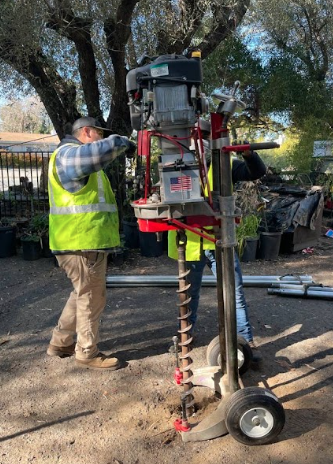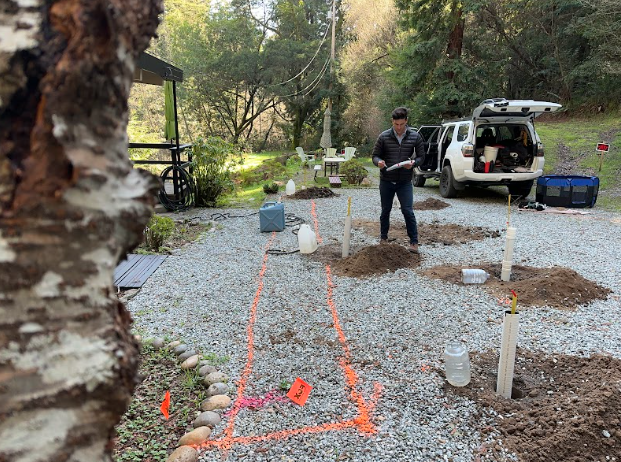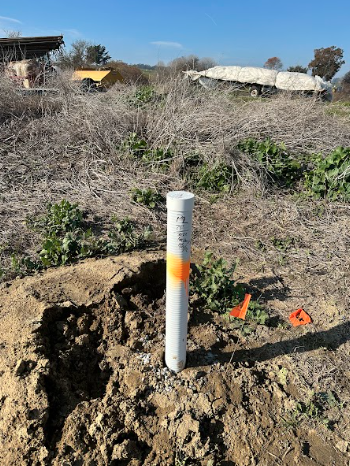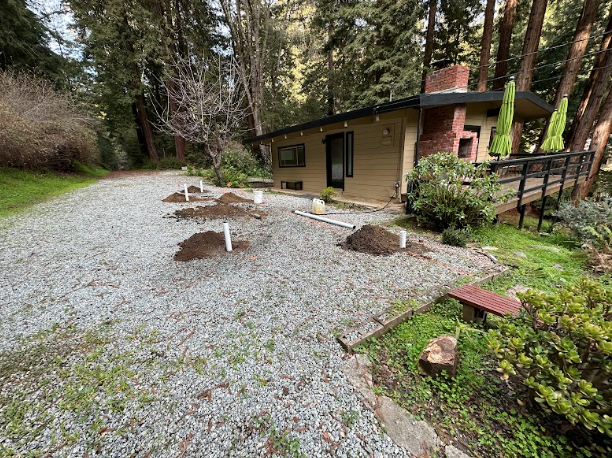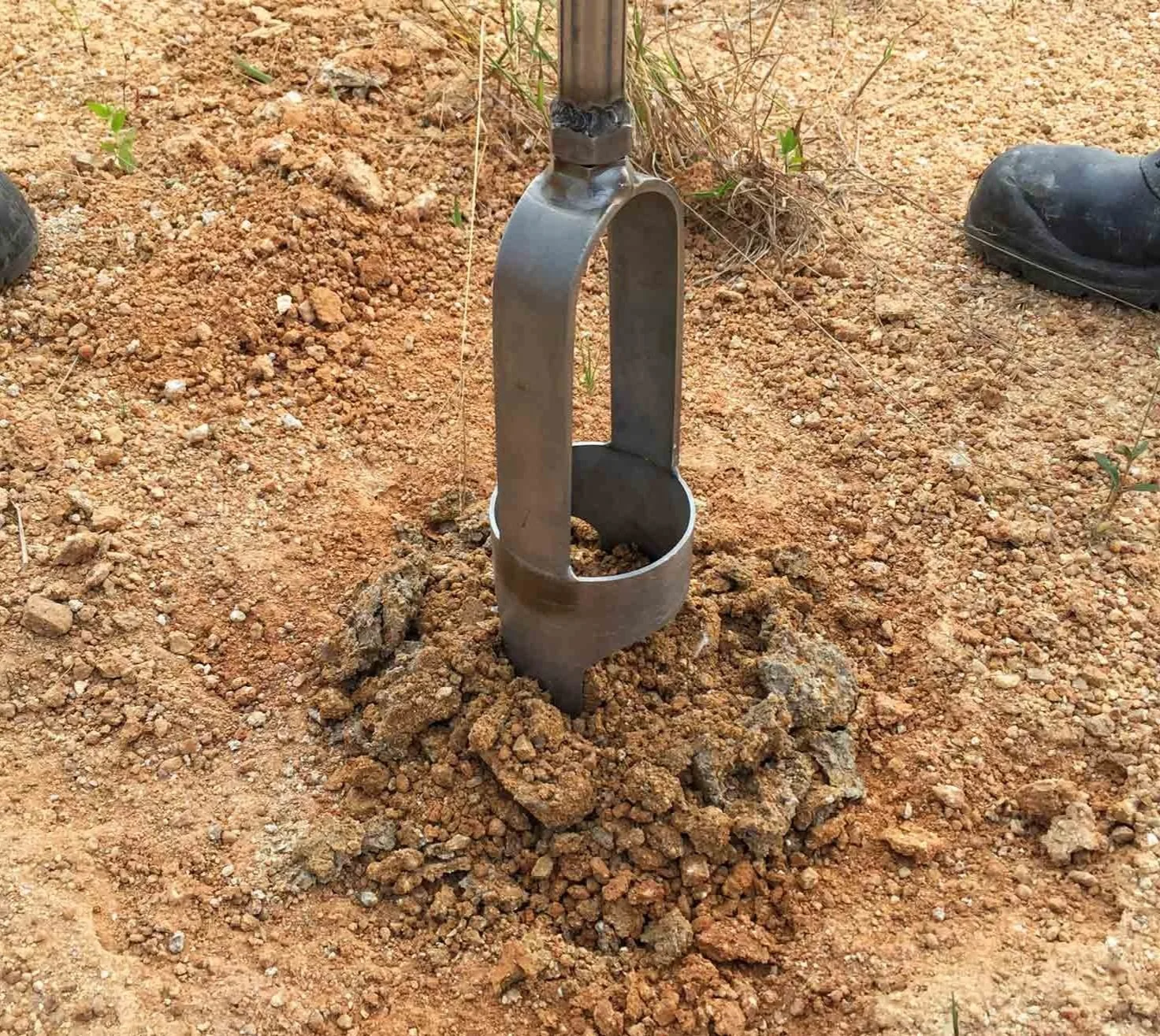WHAT IS PERCOLATION AND SOIL TESTING?
What is percolation testing?
Percolation testing is a method used to measure how quickly water can be absorbed by soil. It is typically used to determine the suitability of soil for septic systems or other types of onsite wastewater treatment systems.
How is a percolation test run?
Percolation testing is an important step in ensuring that wastewater treatment systems are effective and safe for the environment and public health.
During a percolation test, a hole is dug or drilled into the ground and filled with water.
The rate at which the water drains into the soil is then measured over a set period of time.
This information is used to determine the size and type of wastewater treatment system that can be safely installed in that location.
What is the Taft falling head method in regards to percolation testing?
The Taft falling head method is a specific type of percolation testing used to determine the rate of water absorption in soil.
During this method, a cylindrical hole is dug in the ground and filled with water.
A pipe with a known diameter and length is inserted into the center of the hole, and water is allowed to flow out of the pipe and into the surrounding soil.
The rate at which the water level in the pipe drops is measured using a graduated scale over a set period of time.
This information is used to calculate the rate of water absorption and to determine the suitability of the soil for a septic system or other types of onsite wastewater treatment systems.
What are the components of soil that impact percolation testing and septic leach field design?
Several components of soil can impact percolation testing and septic leach field design, including:
Texture: The texture of soil, such as sand, silt, or clay, can affect its ability to absorb and filter water. Sandy soils tend to allow water to pass through quickly, while clay soils may be too dense and slow-draining.
Structure: The arrangement of soil particles into aggregates can impact how quickly water is absorbed and drained. Soil with good structure, such as a crumbly loam, tends to drain well and support healthy plant growth.
Porosity: The amount of empty space, or pores, in soil can impact its ability to absorb water. Soil with high porosity, such as gravel or sand, allows water to move through quickly, while soil with low porosity, such as clay, can be slow-draining.
Compaction: Soil that is compacted, such as from heavy foot traffic or machinery, can reduce its ability to absorb and filter water. Compacted soil may require additional measures, such as aeration, to improve its drainage and support healthy plant growth.
Depth: The depth of the soil layer above the water table can affect how well it can absorb and filter water. In some cases, a shallow layer of soil may require a specialized septic system design, such as a mound system, to ensure proper treatment and disposal of wastewater.
These components of soil are important considerations when designing and installing a septic leach field and determining the type of leach field, as they can impact how well the system functions and how long it lasts. Proper percolation testing is necessary to determine the suitability of the soil for a septic system and to design a system that meets local regulations and requirements.
When and where percolation test are required?
Percolation tests are triggered by new system installations, failures, upgrades, or discretionary projects.
Used when soil variability, seasonal changes, or topography make soil observations alone unreliable
Especially important in post-fire or hillside areas, such as in Santa Cruz County and similar regions
How to calculate the percolation rate?
Percolation Rate = Time interval between readings ÷ Last measured water level
Rate is expressed in minutes per inch
Average the rates from all test holes unless variations exceed 20 minutes/inch, which indicates inconsistent soil types
